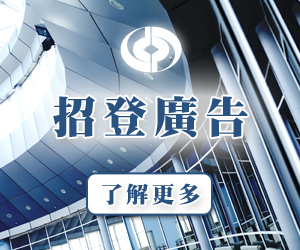Aerospace technology is not a mainstream industry in Hong Kong. However, the Central Government has stated in the “14th Five-year” Plan to support the SAR in her quest to become an international innovation and technology (I&T) hub. Local universities have also been engaged in the country’s practical aerospace operations to gain experience and trained aerospace talents over the years. The recent announcement of recruiting payload specialists in Hong Kong was also fantastic news for our future development of aerospace technology.
Lam Lee G: Hong Kong Has an Inherent Advantage in Developing Aerospace Technology
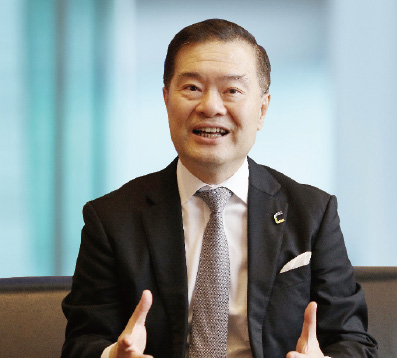
 Hong Kong can turn rapid advance of the space industry in China to its advantage and uses this strength to develop related industries to contribute to the country. Lam Lee G, the Chamber’s Committee Member and Co-Chairman and Executive Director of Hong Kong Aerospace Technology Group Limited (HKATG), points out that Hong Kong needs to continue promoting re-industrialization actively. In terms of industry, Hong Kong is among the best-positioned regions in the world for developing the aerospace technology industry. “Hong Kong’s advantages include zero tariff and a sound legal system. Moreover, the SAR Government has been promoting I&T development ardently in the past few years.”
Hong Kong can turn rapid advance of the space industry in China to its advantage and uses this strength to develop related industries to contribute to the country. Lam Lee G, the Chamber’s Committee Member and Co-Chairman and Executive Director of Hong Kong Aerospace Technology Group Limited (HKATG), points out that Hong Kong needs to continue promoting re-industrialization actively. In terms of industry, Hong Kong is among the best-positioned regions in the world for developing the aerospace technology industry. “Hong Kong’s advantages include zero tariff and a sound legal system. Moreover, the SAR Government has been promoting I&T development ardently in the past few years.”
As an international metropolis and a free port, Hong Kong is certainly attractive to top aerospace talent. Lam continues to say that given English is one of the working languages in Hong Kong, overseas talents will find it easier to adapt to a career in Hong Kong. In addition, Hong Kong's gradual integration into the Greater Bay Area means that they can have a bigger room for development. Moreover, businesses aspiring to get engaged in the aerospace industry can connect with the greater “Belt and Road” market through Hong Kong.
“Made in Hong Kong” satellite is not a dream
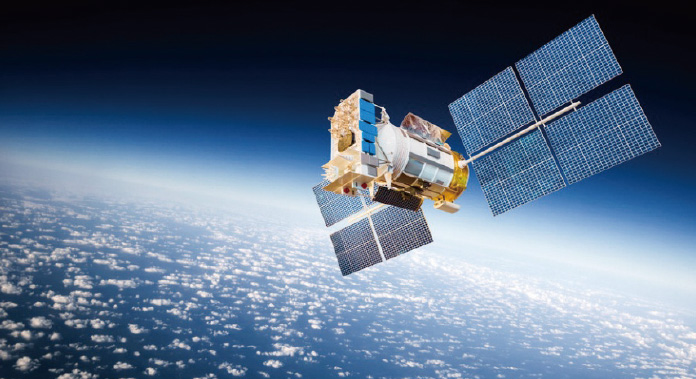 Lam stresses that the “14th Five-Year” Plan explicitly supports Hong Kong’s endeavor to become an international center for innovation and technology, which would give a big boost to the development of the aerospace industry. He is confident that Hong Kong can make a significant contribution.
Lam stresses that the “14th Five-Year” Plan explicitly supports Hong Kong’s endeavor to become an international center for innovation and technology, which would give a big boost to the development of the aerospace industry. He is confident that Hong Kong can make a significant contribution.
In May 2021, HKATG launched a series of master plans to build a Hong Kong-based commercial space industry eco-chain, with the first batch of business satellites to be launched in 2022. The Group also plans to build a global large-scale satellite assembly and integration com ultra-precision manufacturing center in phases from 2023 to 2027 to implement Phase II of the satellite manufacturing program. That phase alone is expected to produce up to 10 tons of spacecraft and 1,500 satellites per year on a large scale, as well as an eco-chain of 200 ultra-precision satellite parts or components annually.
HKATG currently has two strategic partners: Great Wall Industry and the cloud computing team of the Chinese Academy of Sciences (CAS); they have established mutual trust and good cooperation relations. “In the case of aerospace data, for example, it is important to ensure legal compliance. With the strong groundwork we have built through working with CAS whose team is world-class in big data as well as cloud computing and has a strong capability in data management, we are able to engage in international cooperation projects confidently.”
Sowing the seeds for the aerospace industry
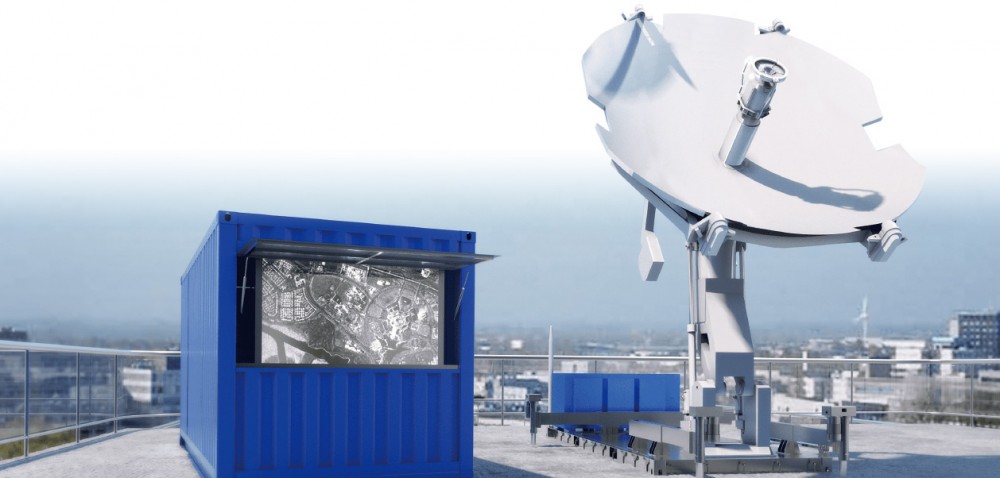 Attracting young people to join the aerospace industry is one of the keys to its long-term development. Lam believes that young people generally like to be innovative and the aerospace industry has very promise prospects. He believes many of them are interested. “There are currently over 3,000 listed companies in Hong Kong, but there is no aerospace sector and no leading stocks in this area.”
Attracting young people to join the aerospace industry is one of the keys to its long-term development. Lam believes that young people generally like to be innovative and the aerospace industry has very promise prospects. He believes many of them are interested. “There are currently over 3,000 listed companies in Hong Kong, but there is no aerospace sector and no leading stocks in this area.”
Hong Kong’s capital market is very mature. Lam says investors are keen to identify industries with good potential in the market which can generate lucrative return. He believes the aerospace industry is one of their top choices. He hopes that HKATG can play its part in promoting the development of related fields.
Yung Kai-leung: Promote Hong Kong’s Role in the Country’s Deep Space Exploration Endeavors, Bolster Talent Development & Maximize R&D Possibilities

Given its high entry threshold, aerospace technology is not a popular industry in Hong Kong. Nevertheless, a group of passionate technology research experts with strong credentials have been dedicating themselves to aerospace research. According to Yung Kai-leung, Sir Sze-yuen Chung Professor in Precision Engineering, DoRCDSE Director and Chair Professor of Precision Engineering at PolyU, it is important to train more interdisciplinary talents for the industry so that they can take up key roles in the country’s aerospace pursuits.
For more than three decades, as a result of Yung and his team’s dedicated efforts and active promotion, PolyU has been a tower of strength in aerospace research here in Hong Kong. In as early as the 1990s, PolyU invented the Space Holinser Forceps, which were used by astronauts for precision welding at the former MIR space station. In 2010, it took part in the Chang’e 3 lunar exploration mission and jointly developed the Camera Pointing System. More recently in the past year, PolyU invented the Mars Landing Surveillance Camera for China’s Tianwen-1 Mars mission to monitor the unfolding and operation status of the rover after landing. All these speak volumes about the university’s stellar performance.
Yung said there are very high standards and requirements for developing aerospace instruments. He is grateful for the country’s trust in him. Notably, Chang’e 3 was the first national deep space exploration mission in which he had taken part. It was also China’s first lunar exploration mission in history equipped with precision space instruments developed and manufactured by Hong Kong.
The Mainland offers huge development possibilities to let Hong Kong excel in I&T
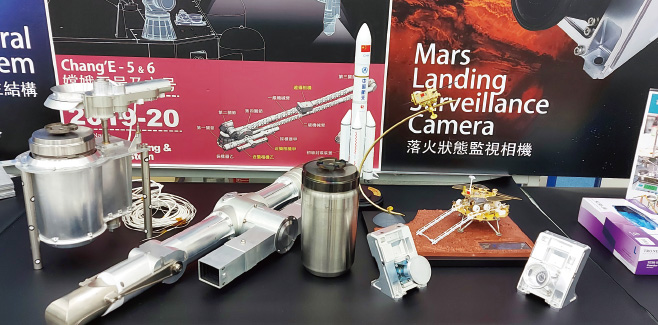 As to what part Hong Kong can play as China makes inroads into aerospace technology, Yung said Hong Kong has a rich pool of scholars and researchers who are passionate I&T professionals, but there are relatively greater constraints in practical application. That is an area where the Mainland can provide space for development. For this reason, he thinks Hong Kong should integrate herself into the country’s overall development and create synergy as a way forward for I&T development.
As to what part Hong Kong can play as China makes inroads into aerospace technology, Yung said Hong Kong has a rich pool of scholars and researchers who are passionate I&T professionals, but there are relatively greater constraints in practical application. That is an area where the Mainland can provide space for development. For this reason, he thinks Hong Kong should integrate herself into the country’s overall development and create synergy as a way forward for I&T development.
“Hong Kong can capture this opportunity only if necessary resources are made available by the Mainland.” Yung explained further that I&T requires the support of a robust local market, such as dedicated invention research teams and organizations, as well as downstream manufacturers. These are prerequisites for vibrant development and competitiveness against overseas products and technologies.
Continue to train new blood and introduce more diverse training programs
 Talent building is another key element for Hong Kong’s ambition to become an international I&T hub. Yung notices that aerospace technology attracts not only young people in Hong Kong, but also those who have already started their working lives. The latter wish to join or rejoin the I&T sector that offers vast development space and promising prospects. They are only waiting for suitable training opportunities.
Talent building is another key element for Hong Kong’s ambition to become an international I&T hub. Yung notices that aerospace technology attracts not only young people in Hong Kong, but also those who have already started their working lives. The latter wish to join or rejoin the I&T sector that offers vast development space and promising prospects. They are only waiting for suitable training opportunities.
Yung added that multi-disciplinary training courses for aerospace and deep space exploration are scarce in Hong Kong. This is not conducive to talent building. He suggested Hong Kong should mull effective plans and create favorable conditions while competing for talents. It is an effective approach for training and “retraining” local workers to satisfy the acute demand for aerospace professionals.
Take part in aerospace exploration engineering and strengthen Hong Kong-Mainland cooperation
PolyU established the Research Centre for Deep Space Explorations (RCDSE) years ago. The university is actively engaged in research projects and spares no effort in training talents. Yung stressed that RCDSE prioritizes interest in aerospace technology when recruiting new post-graduate students, followed by their areas of expertise, original observations and ability to conduct in-depth research.
Looking ahead, Yung firmly believes that China will launch many more exploration missions in the future, possibly putting Saturn and other planets in its exploration chart. Hong Kong research teams can participate in many aspects and areas. We should work closely with the mainland and make contributions to the country.

